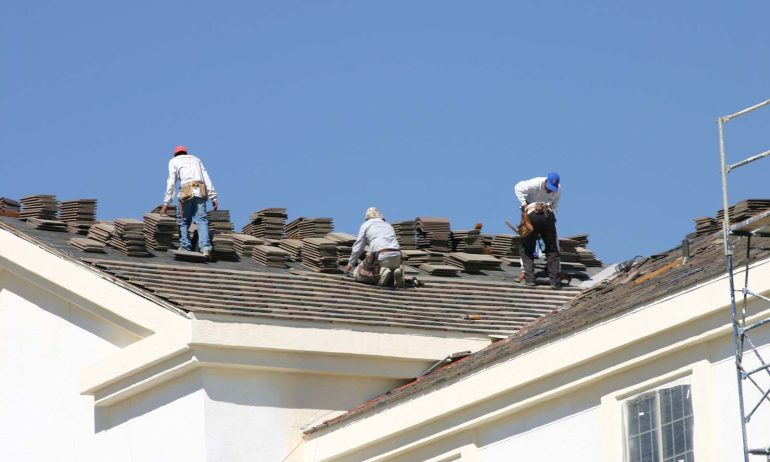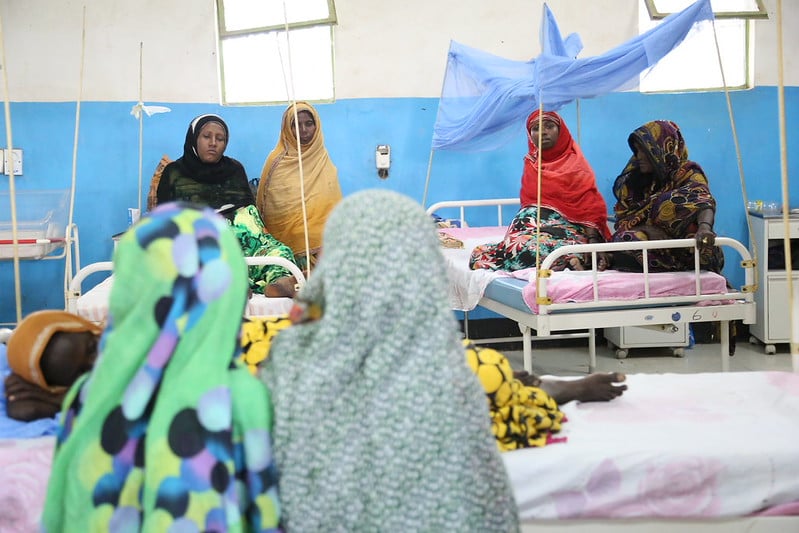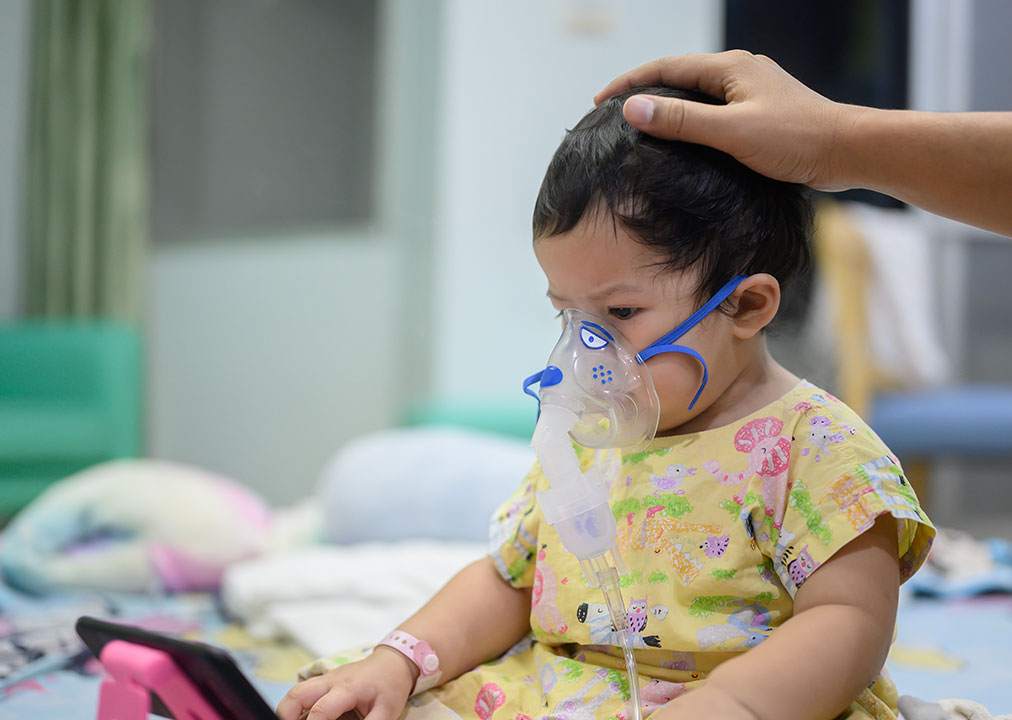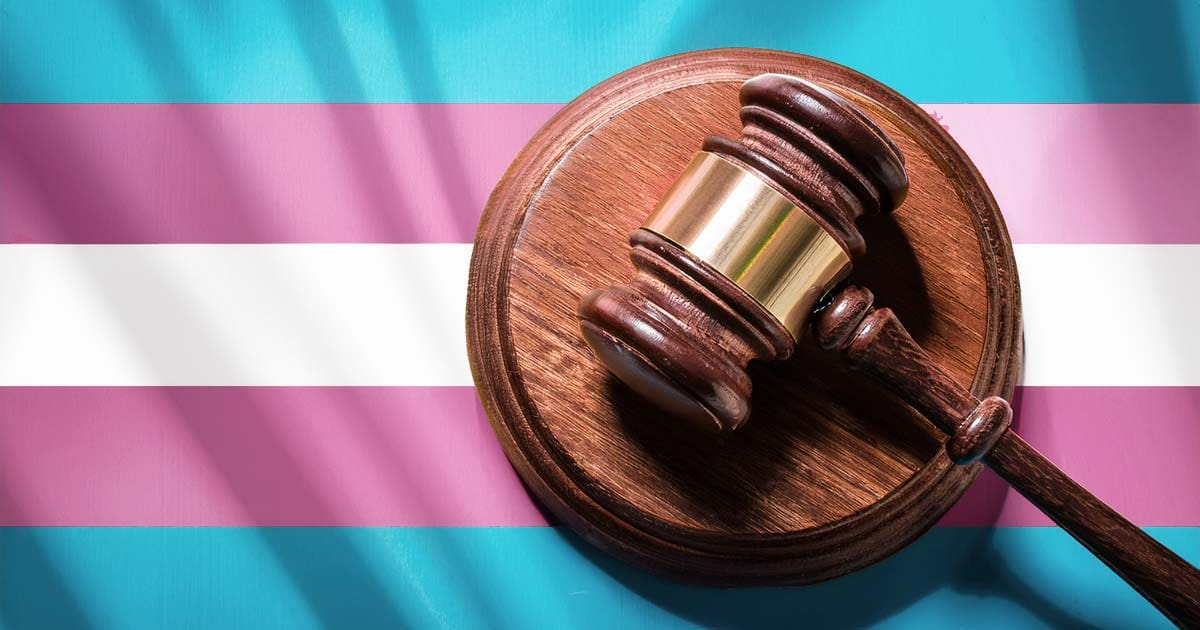Applications being taken for financial assistance to help cover cost of roof repairs, replacements – WAFB

Program Overview and Alignment with Sustainable Development Goals (SDGs)
The Louisiana Housing Corporation has initiated the Louisiana Blue Tarp Program, a grant-based initiative designed to provide financial assistance for roof repair or replacement to qualifying homeowners. This program directly supports several United Nations Sustainable Development Goals (SDGs) by addressing critical needs within the community.
- SDG 1: No Poverty: By offering grants to households with incomes at or below 60% of the Area Median Income, the program alleviates the financial burden of essential home repairs, preventing housing instability and contributing to poverty reduction.
- SDG 3: Good Health and Well-being: Securing roofs against damage mitigates risks associated with leaks, mold, and exposure, thereby ensuring a safe and healthy living environment for residents.
- SDG 10: Reduced Inequalities: The program specifically targets low-income homeowners, promoting economic inclusion by providing access to resources that enhance their quality of life and housing security.
- SDG 11: Sustainable Cities and Communities: This initiative is fundamental to achieving SDG 11 by improving the quality and safety of existing housing stock. It enhances community resilience and ensures access to adequate, safe, and affordable housing for vulnerable populations.
Program Administration and Grant Details
Administering Body
The program is managed and administered by the Louisiana Housing Corporation.
Financial Assistance
Financial support is provided through grants, with a maximum award of $15,000 per household. Recipients are required to sign a grant agreement which includes a stipulation preventing the sale of the property for a two-year period. This measure ensures the investment directly benefits the homeowner and promotes community stability, in line with SDG 11. If the property is sold within this period, the grant amount must be reimbursed to the Louisiana Housing Corporation.
Eligibility and Application Process
Geographic Scope
Applications are accepted from residents in the following parishes:
- East Baton Rouge Parish
- Ascension Parish
- Iberville Parish
- Pointe Coupee Parish
- West Feliciana Parish
Application Period
The application window is open from Monday, July 14, to Friday, July 18. The final deadline for all submissions is 4:30 p.m. on Friday, July 18.
Applicant Eligibility Criteria
To qualify, applicants must meet specific criteria designed to assist those most in need, directly supporting the principles of SDG 1 and SDG 10.
- The applicant must be the legal owner and primary resident of the property requiring roof repair.
- The property must have a 100% homestead exemption in the applicant’s name.
- The property must be owner-occupied and cannot be used as a rental property.
- The total household income must be at or below 60% of the Area Median Income (AMI).
- Condominiums, duplexes, and townhouses are ineligible for this program.
Application Submission Methods
Interested homeowners may submit their applications through one of the following methods:
- In-Person: At the Louisiana Housing Corporation headquarters, located at 2415 Quail Drive, Baton Rouge. Submissions are accepted between 8:00 a.m. and 4:30 p.m.
- Email: Application documents can be sent to bluetarp@lhc.la.gov.
- Mail: Applications can be mailed to the following address: 2415 Quail Drive, Baton Rouge, 70808.
Required Documentation for Application
A complete application package must include the following documents to verify eligibility and ensure compliance with program standards for equitable resource distribution (SDG 10).
- Completed application form with all required signatures from household members.
- Copy of a picture ID for all household members aged 18 and older.
- Copy of Social Security cards for all household members.
- Proof of income for all household members aged 18 and older. Acceptable documents include:
- Social Security check stubs or award letters.
- Retirement check stubs or tax forms showing retirement/SSI income.
- Unemployment award letter.
- Last four (4) consecutive paycheck stubs.
- Past two (2) years of tax returns or two (2) months of bank statements (for self-employed individuals).
- A completed zero-income affidavit for any unemployed household members aged 18 and older.
- Proof of homeowner’s insurance and/or a copy of an insurance claim, if applicable.
- Proof of property ownership. Acceptable documents include:
- Bill of sale.
- Title or deed.
- 2024 property tax statement showing a homestead exemption in the applicant’s name.
- Current mortgage statement.
Analysis of Sustainable Development Goals (SDGs) in the Article
-
Which SDGs are addressed or connected to the issues highlighted in the article?
The article on the Louisiana Blue Tarp Program addresses several Sustainable Development Goals by focusing on providing financial assistance for housing repairs to vulnerable populations.
- SDG 1: No Poverty: The program directly targets poverty by providing financial grants to low-income households. The eligibility requirement that applicants must have a household income “at or below 60% of the Area Median Income (AMI)” ensures that the aid is directed towards the economically vulnerable, helping them preserve a key asset—their home—without facing financial hardship.
- SDG 10: Reduced Inequalities: By offering grants for essential home repairs, the program works to reduce inequalities. It provides households with limited financial resources access to opportunities for safe housing that they otherwise could not afford. This helps bridge the gap between different economic groups within the community.
- SDG 11: Sustainable Cities and Communities: The core of the program is to ensure adequate and safe housing. By funding roof repairs and replacements, the initiative directly contributes to making housing safer and more resilient for residents in the specified parishes, which is a fundamental component of sustainable communities.
- SDG 13: Climate Action: The name “Blue Tarp Program” strongly implies that the need for roof repairs is a consequence of damage from extreme weather events like hurricanes, which are linked to climate change. By helping homeowners repair and strengthen their roofs, the program enhances their resilience and adaptive capacity to future climate-related hazards and natural disasters.
-
What specific targets under those SDGs can be identified based on the article’s content?
The article’s content aligns with several specific SDG targets:
- Target 1.5: “By 2030, build the resilience of the poor and those in vulnerable situations and reduce their exposure and vulnerability to climate-related extreme events and other economic, social and environmental shocks and disasters.” The program directly supports this target by providing grants for roof repairs, which strengthens the physical resilience of homes belonging to low-income individuals against future storms and disasters.
- Target 10.2: “By 2030, empower and promote the social, economic and political inclusion of all, irrespective of…economic or other status.” The program promotes economic inclusion by ensuring that low-income homeowners (below 60% AMI) are not excluded from having safe and secure housing due to their financial status.
- Target 11.1: “By 2030, ensure access for all to adequate, safe and affordable housing and basic services…” The Louisiana Blue Tarp Program is a direct implementation of this target. It provides financial means for homeowners to perform necessary repairs, ensuring their housing is safe and adequate.
- Target 13.1: “Strengthen resilience and adaptive capacity to climate-related hazards and natural disasters in all countries.” By funding roof replacements and repairs, the program helps households in a disaster-prone region adapt to and withstand the impacts of climate-related hazards like hurricanes.
-
Are there any indicators mentioned or implied in the article that can be used to measure progress towards the identified targets?
Yes, the article mentions or implies several quantitative and qualitative indicators that can be used to measure progress:
- Proportion of population living below the national poverty line (Indicator 1.2.1): The program’s eligibility criterion of “household income at or below 60% of the Area Median Income (AMI)” serves as a direct indicator for targeting the population living in relative poverty within the specified parishes. Progress can be measured by the number of households below this threshold that receive assistance.
- Number of households assisted: The total number of applications received and grants awarded would be a primary indicator of the program’s reach and impact on the target community.
- Amount of financial assistance disbursed: The article states that grants will not exceed $15,000. Tracking the total value of grants disbursed is a key financial indicator of the resources allocated to improving housing safety.
- Number of housing units made safe/resilient: The ultimate outcome is the number of roofs repaired or replaced. This directly measures progress towards ensuring safe and resilient housing (Target 11.1) and building resilience to disasters (Targets 1.5 and 13.1).
- Geographic distribution of assistance: The article lists specific parishes (East Baton Rouge, Ascension, Iberville, etc.). An indicator would be the number of grants awarded per parish, which helps measure the equitable distribution of aid across the affected region.
-
Create a table with three columns titled ‘SDGs, Targets and Indicators” to present the findings from analyzing the article. In this table, list the Sustainable Development Goals (SDGs), their corresponding targets, and the specific indicators identified in the article.
SDGs Targets Indicators SDG 1: No Poverty Target 1.5: Build the resilience of the poor and reduce their vulnerability to climate-related extreme events and other shocks. - Number of grants awarded to low-income households.
- Number of households with repaired roofs, enhancing resilience to future shocks.
SDG 10: Reduced Inequalities Target 10.2: Empower and promote the social and economic inclusion of all, irrespective of economic status. - Number of households with income at or below 60% of Area Median Income (AMI) that receive assistance.
SDG 11: Sustainable Cities and Communities Target 11.1: Ensure access for all to adequate, safe and affordable housing. - Number of roofs repaired or replaced through the program.
- Total financial assistance (up to $15,000 per grant) disbursed for housing repairs.
SDG 13: Climate Action Target 13.1: Strengthen resilience and adaptive capacity to climate-related hazards and natural disasters. - Number of homes in specified parishes (East Baton Rouge, Ascension, etc.) made more resilient to weather events.
Source: wafb.com

What is Your Reaction?
 Like
0
Like
0
 Dislike
0
Dislike
0
 Love
0
Love
0
 Funny
0
Funny
0
 Angry
0
Angry
0
 Sad
0
Sad
0
 Wow
0
Wow
0




































![Lancaster homeowner’s energy-efficient renovation sparks clash over historic preservation [Lancaster Watchdog] – LancasterOnline](https://bloximages.newyork1.vip.townnews.com/lancasteronline.com/content/tncms/assets/v3/editorial/9/ed/9ed03d32-c902-44d2-a461-78ad888eec38/69050b156baeb.image.png?resize=150,75#)










































